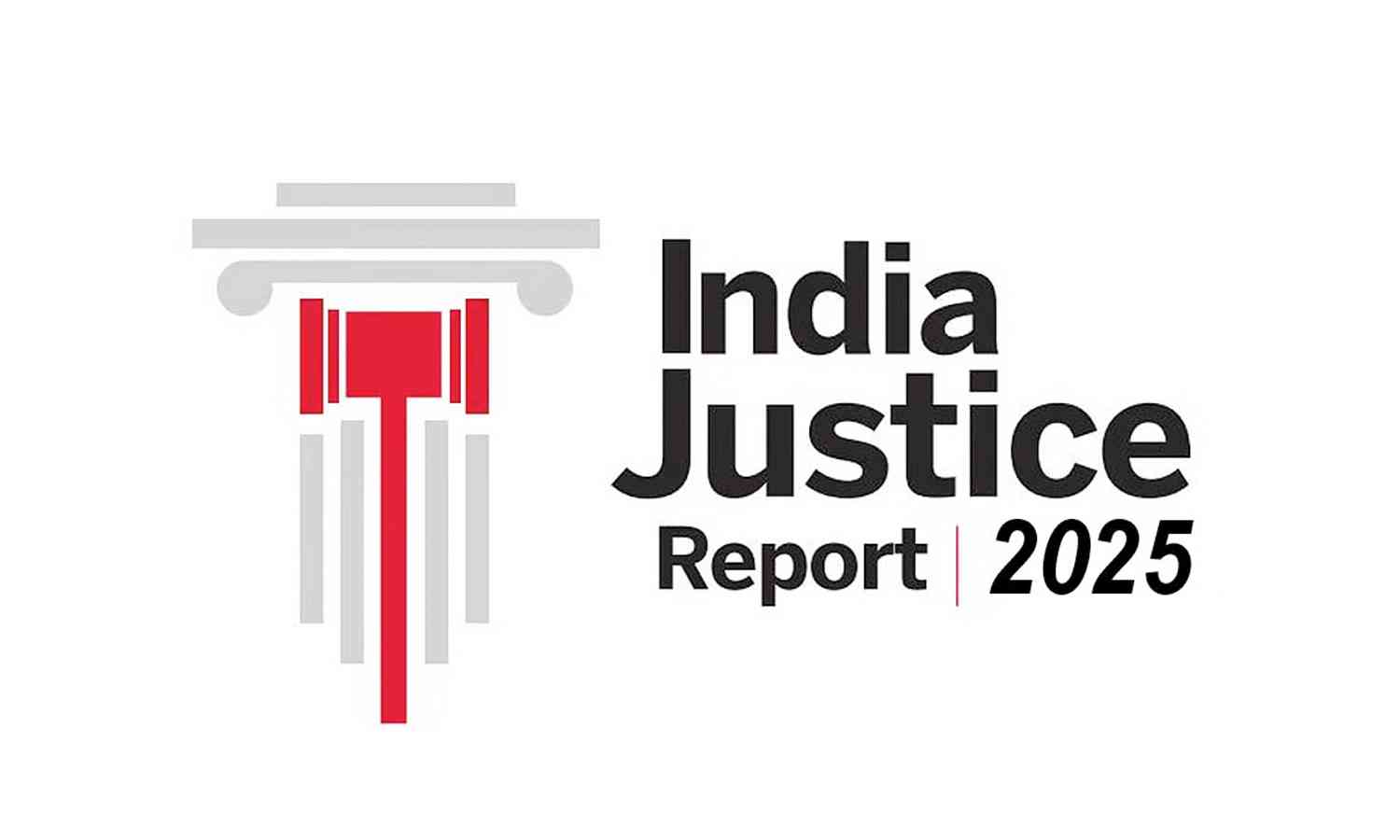Despite years of policy promises and growing public awareness, India’s justice system remains riddled with deep structural disparities and chronic shortfalls — especially in gender representation, judicial vacancies, and prison conditions — according to the India Justice Report (IJR) 2025, released this week. The flagship report, spearheaded by Tata Trusts and supported by several civil society and data partners, ranks states on their delivery of justice across four pillars: Police, Judiciary, Prisons, and Legal Aid.

Women Still on the Margins of Policing
India’s policing apparatus continues to reflect a glaring gender imbalance. Of over 2.4 lakh women in police, over 90 per cent remain in the lowest rungs — the constabulary. Just 960 women serve in the elite Indian Police Service (IPS) cadre, and fewer than 1,000 hold senior ranks such as Superintendents of Police or Director-Generals.
Not a single state or Union Territory has met its target for women’s representation, despite years of policy pronouncements aimed at greater inclusion. Madhya Pradesh has the highest number of women Deputy Superintendents (133), but nationally, the pipeline to senior roles remains staggeringly narrow.
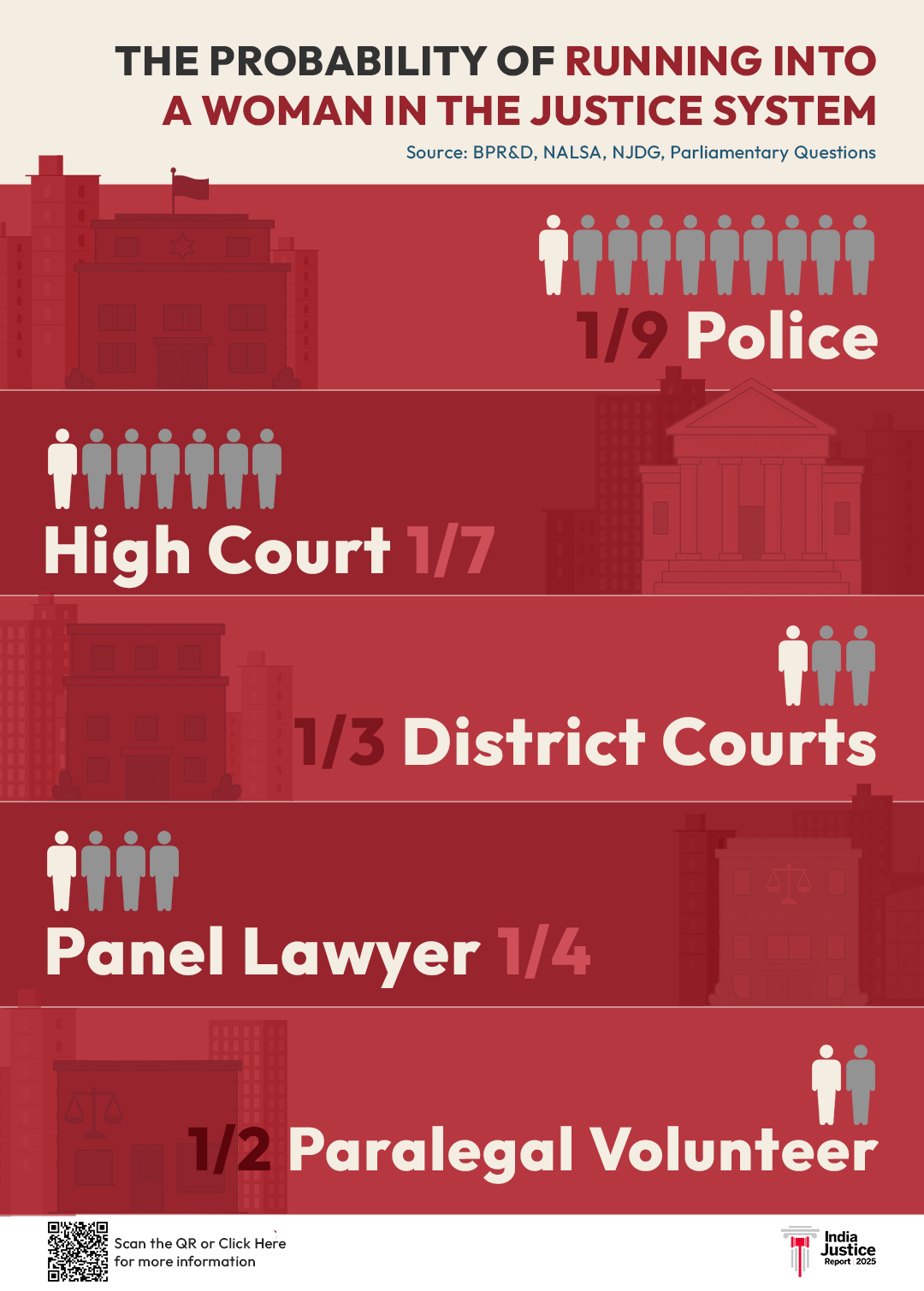
Southern States Lead the Pack
Karnataka retains its top rank among large and mid-sized states, followed by Andhra Pradesh, Telangana, Kerala, and Tamil Nadu — a clean sweep for southern India. These states scored consistently high on diversity, infrastructure, and staffing adequacy across all sectors. Among smaller states, Sikkim topped the list, with Himachal Pradesh and Arunachal Pradesh close behind. Meanwhile, Bihar, Chhattisgarh, Odisha, Uttar Pradesh, and Uttarakhand showed significant improvements compared to the 2022 report — surpassing traditional heavyweights like Gujarat and Haryana.
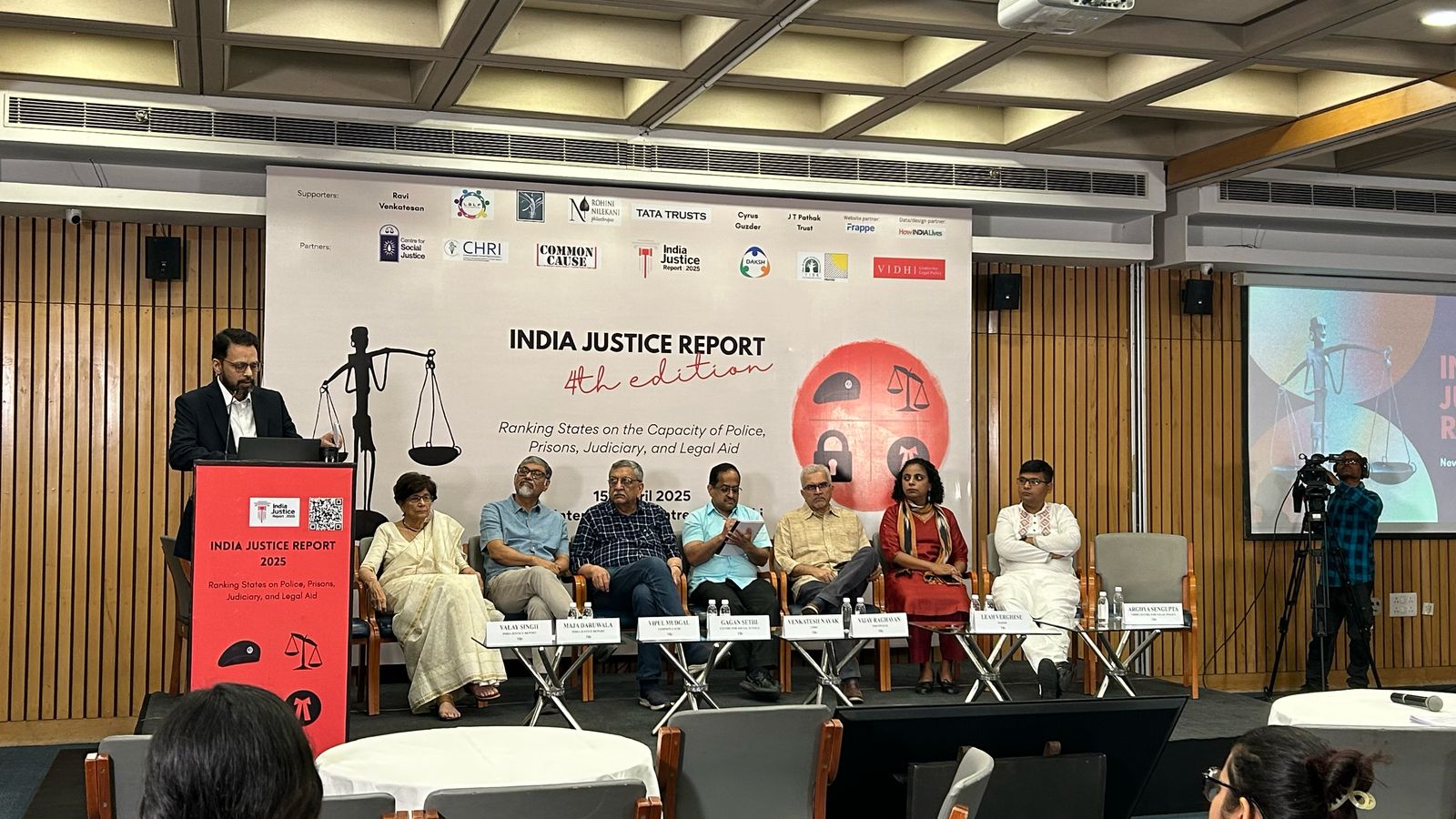
Justice Delayed, Justice Denied
India continues to suffer from a crushing judge-to-population ratio. With just 15 judges per million people, the country falls far short of the Law Commission’s 1987 recommendation of 50. High Courts are reeling under 33% vacancies, and district courts with 21% — fuelling massive caseloads. In states like Madhya Pradesh and Uttar Pradesh, High Court judges are burdened with 15,000 cases each, while district judges average 2,200 cases apiece.
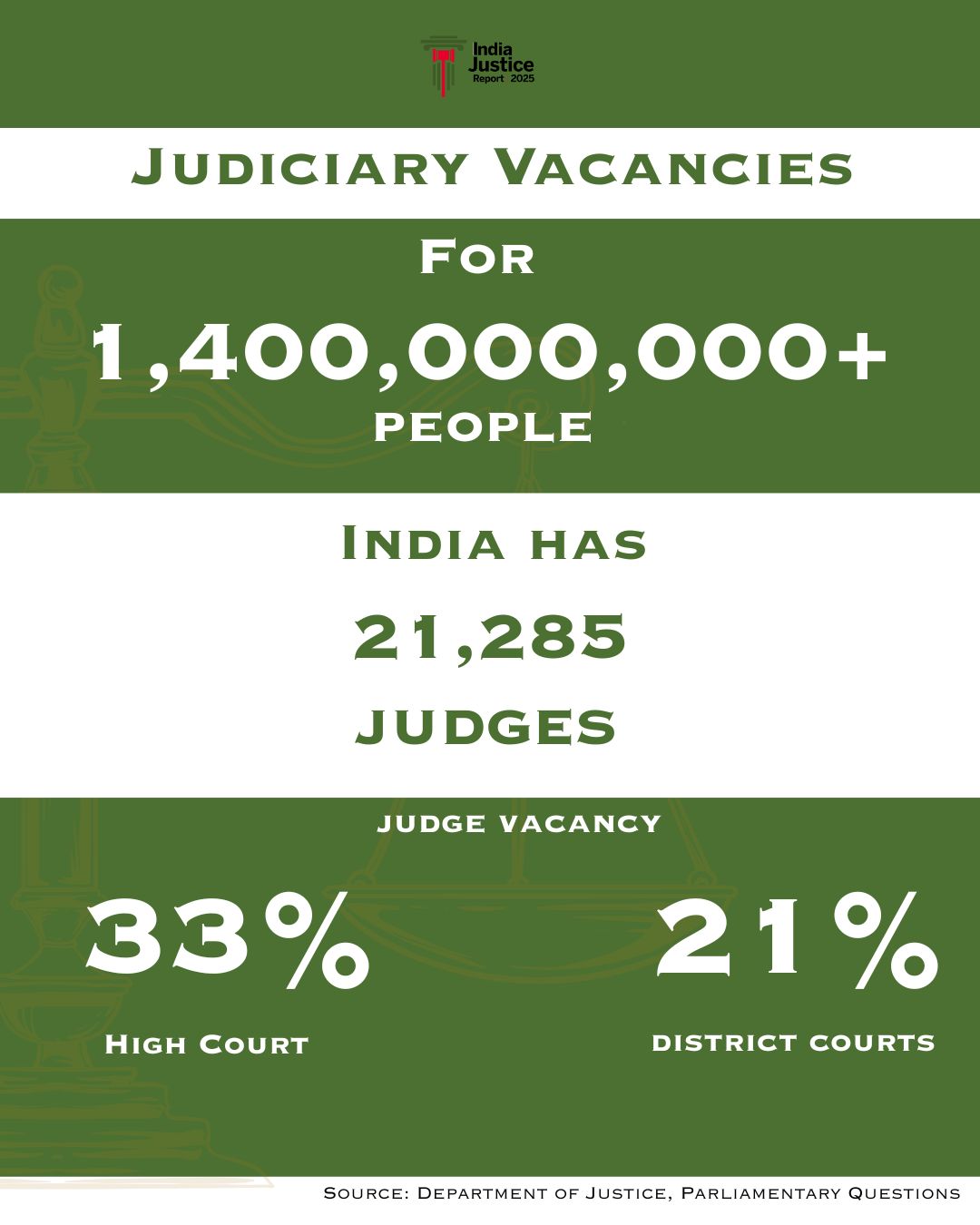
Prisons in Crisis
The prison system remains deeply overburdened. The national occupancy rate is 131%, with Uttar Pradesh leading in overcrowding — some jails holding more than 250% of their sanctioned capacity. Equally troubling is the state of prison healthcare. The prisoner-to-doctor ratio stands at 775:1, far above the recommended 300:1. In major states like Haryana, West Bengal, and Uttar Pradesh, the ratio exceeds 1,000:1. Only 25 psychologists or psychiatrists are available across the entire prison system nationwide.
The number of paralegal volunteers (PLVs) — vital for enabling legal access — has dropped by 38% in five years, with only three PLVs per lakh population.

Diversity in Judiciary: Some Gains, Many Gaps
The share of women in the district judiciary has grown to 38%, but representation of marginalised communities remains abysmally low. Only 5% of district judges are from Scheduled Tribes (STs) and 14% from Scheduled Castes (SCs) — far below their population share. In the police force, SCs make up 17% and STs 12%, once again revealing a shortfall in proportional inclusion.
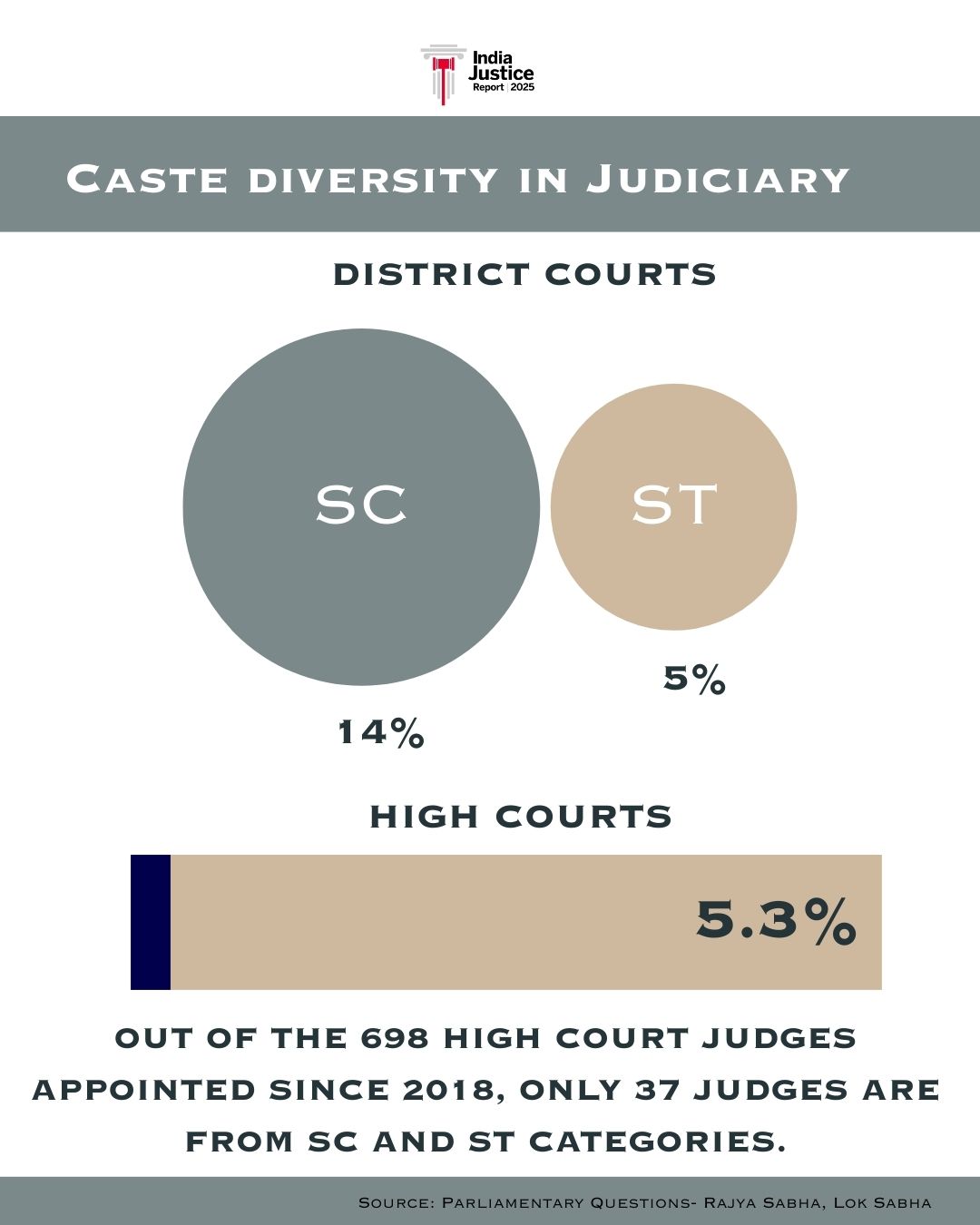
Human Rights Commissions, Legal Aid, and Systemic Red Flags
The report also evaluated 25 State Human Rights Commissions and flagged issues around access to justice for persons with disabilities, and the need to invest more in mediation and alternative dispute resolution. On a positive note, 78% of police stations now have Women Help Desks, and 86% of prisons are equipped for video conferencing, suggesting some progress on accessibility and gender sensitivity. Yet, the report warns that with India’s prison population expected to touch 6.8 lakh by 2030, without urgent reforms, the system will continue to fail the most vulnerable.
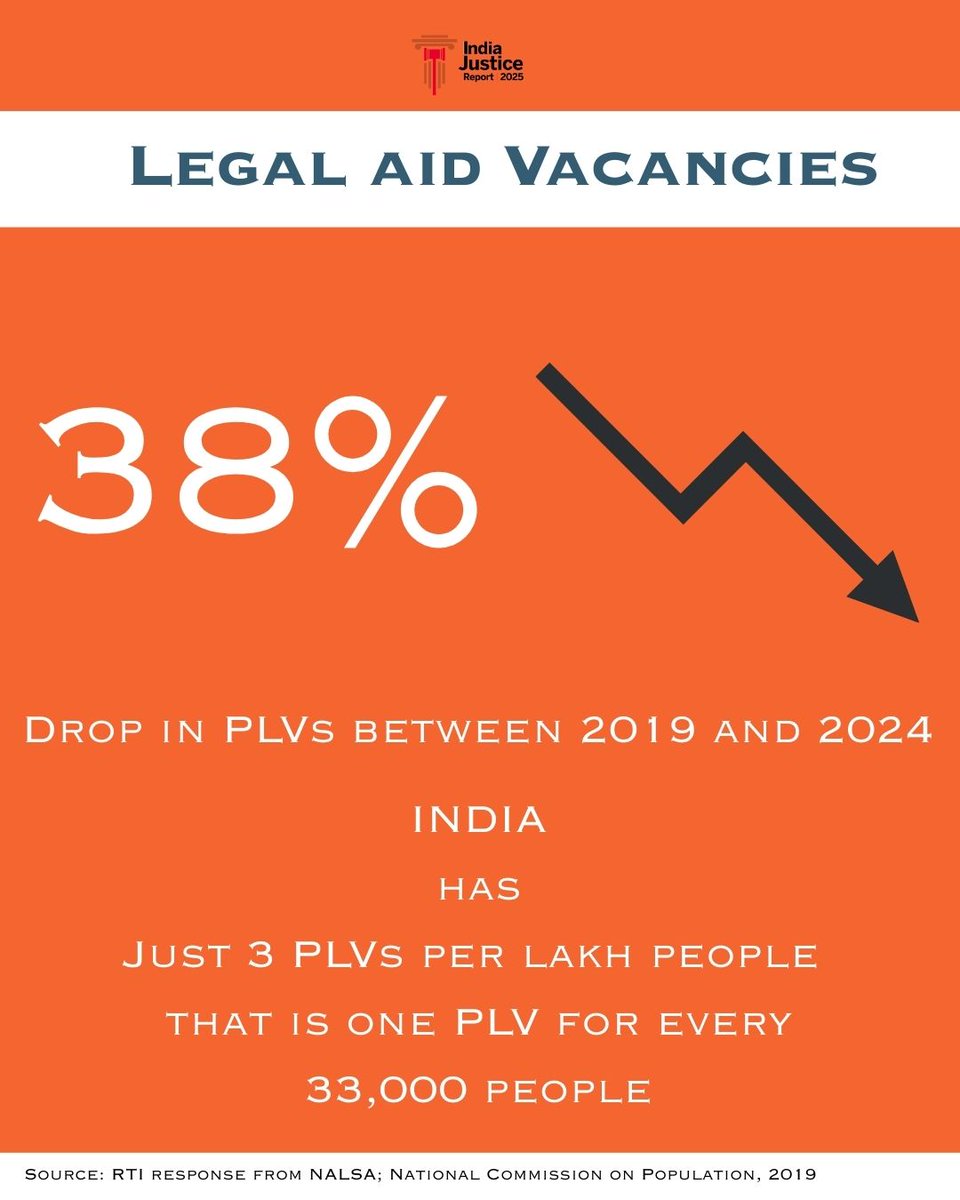
The Big Picture
Drawing data from official sources like the National Crime Records Bureau, Ministry of Law and Justice, National Judicial Data Grid, and Prison Statistics India, the IJR presents a sobering picture of India’s justice machinery: one where overstretched institutions, underrepresentation, and inequality continue to define the rule of law for millions.
With inputs from agencies
Image Source: Multiple agencies
© Copyright 2025. All Rights Reserved Powered by Vygr Media.

